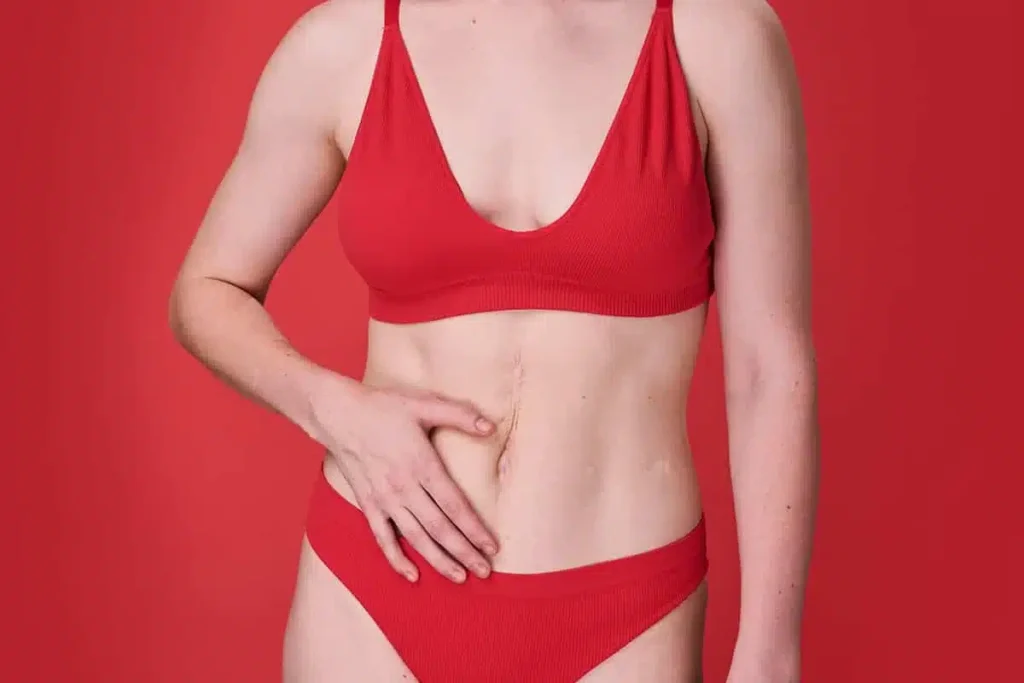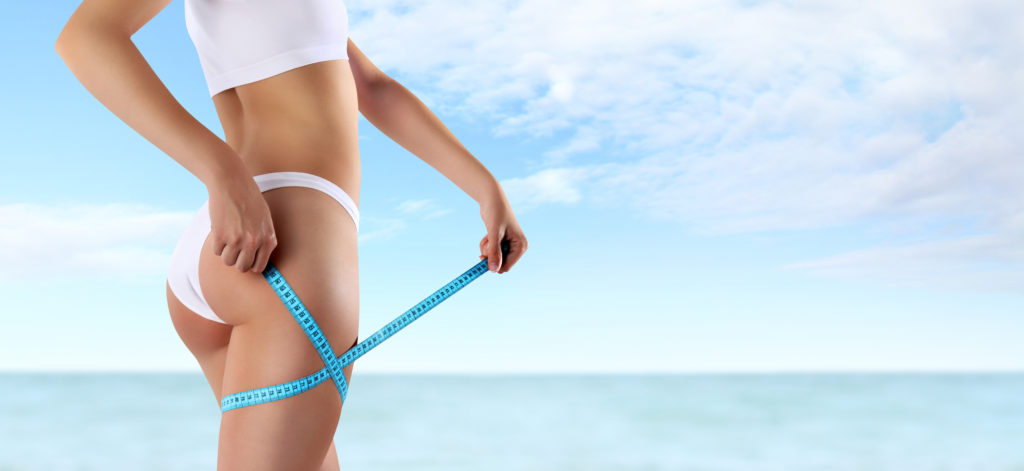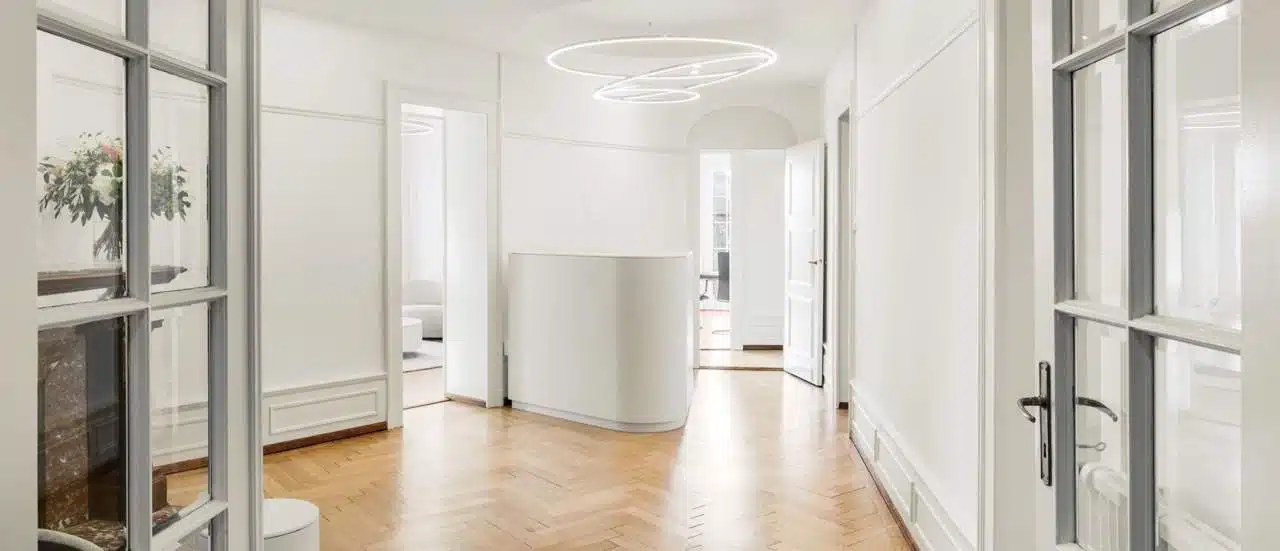Here is some information to help you decide which season is best for your liposuction:
Undergoing surgery in winter
If your aim is to be in top shape for the start of summer, the period from December to March is the ideal time to undergo surgery. Have you ever heard the expression ‘summer bodies are made in winter’? This is true not only when it comes to building muscles in the gym, but also when it comes to liposuction. Even though there is generally an improvement of around 80% one month after liposuction, the results of liposuction will not be completely ready until around 3 months after the operation.
Other advantages of liposuction in winter: UV rays and sun exposure can darken the appearance of scars if they are not protected by a 50+ sun block. It is therefore advisable to avoid direct exposure to the sun immediately after the operation, while the incisions are healing and until the scars turn white. By scheduling liposuction during the winter months, it is easier to comply with this recommendation. However, it can take 6 to 12 months for the incisions to turn white. They are also very small (about 4 mm). They may therefore still be red for the summer, even if you are operated on in winter.
After your liposuction, you will need to wear a compression garment 24/7 for three weeks (except for showering) while your incisions heal. With the cooler temperatures, it’s much more comfortable and less conspicuous to layer clothing or pull a big, comfy jumper over your clothes than in the summer months.
Swimming is also not recommended for the first 3 weeks after liposuction until the incisions have completely healed. Swimming will obviously be much less tempting during the winter months.
Having an operation in summer
We perform liposuction all year round, and you’ll be surprised to hear that we also do a lot in the summer. The reason: holidays! Patients take advantage of their free time to recuperate after their procedure.
‘Having liposuction in the summer in no way increases the risk of complications’.
It’s true that wearing the panty in summer is a little less pleasant because of the heat, it’s also true that you have to be more careful with the scars and that you have to wait 3 weeks before going swimming, but having the operation in summer in no way increases the risk of complications!
Recovery period
Rest, rest, rest.The length of the rest period depends on the liposuctioned area, the amount of fat to be removed and, above all, the type of work you do: manual work or work in a seated position. Broadly speaking, the rest period can vary from 3 to 14 days depending on these parameters (liposuction area, amount of fat removed and type of work performed). The exact time will be given to you after analysis during the consultation at the Bellefontaine clinic.
What exactly is meant by rest? You should lie down or sit for the recommended period. Standing is permitted for a maximum of 1 to 2 hours a day for the first week, the rest of the time should be spent sitting or lying down. The amount of time spent in a standing position can then be increased, depending on the results of the one-week check-up carried out at Clinique Bellefontaine.
A large quantity of fat to be liposuctioned, a liposuctioned area such as the abdomen, and manual work are risk factors for greater swelling after the operation. In this case, it is important to avoid lying or sitting for the first 2 weeks. The reason for this is oedema (swelling), which can become more pronounced if rest is not respected.
In some cases, the oedema can then turn into a seroma (fluid under the skin). Seroma can sometimes cause extensive scarring under the skin, resulting in irregularities that are difficult to correct. If you follow our protocol to the letter, the risk of seroma is extremely low. Many people having surgery abroad contact us because they have this complication (seroma) after the operation. They have not been warned enough about the recovery process after their operation.
‘Many people having liposuction abroad contact us because they have a seroma after their operation’.
We also recommend LPG one week after the operation, as you can read in our article on recovery.
The season has no impact on recovery from liposuction. The important thing is to be able to plan between 4 and 14 days of convalescence in your diary – whatever the season.
Back to work
If your work is mainly office-based, then a break of 3 to 4 days is sufficient – as long as you don’t have to stand up regularly and you maintain a correct sitting position. If you have a manual job where you regularly have to do strenuous exercise, we recommend that you take 1 to 2 weeks off work, depending on the areas to be liposuctioned, so that you can sit or lie down properly after the operation.
Conclusion
So, when should I make an appointment for an operation? You can make an appointment at any time, just take note of the advantages and disadvantages above depending on the season. Remember the most important point: Having liposuction in summer or winter does not increase the risk of complications. In all cases, you should follow our recovery protocol carefully. So, do you prefer winter, summer, autumn or spring?




